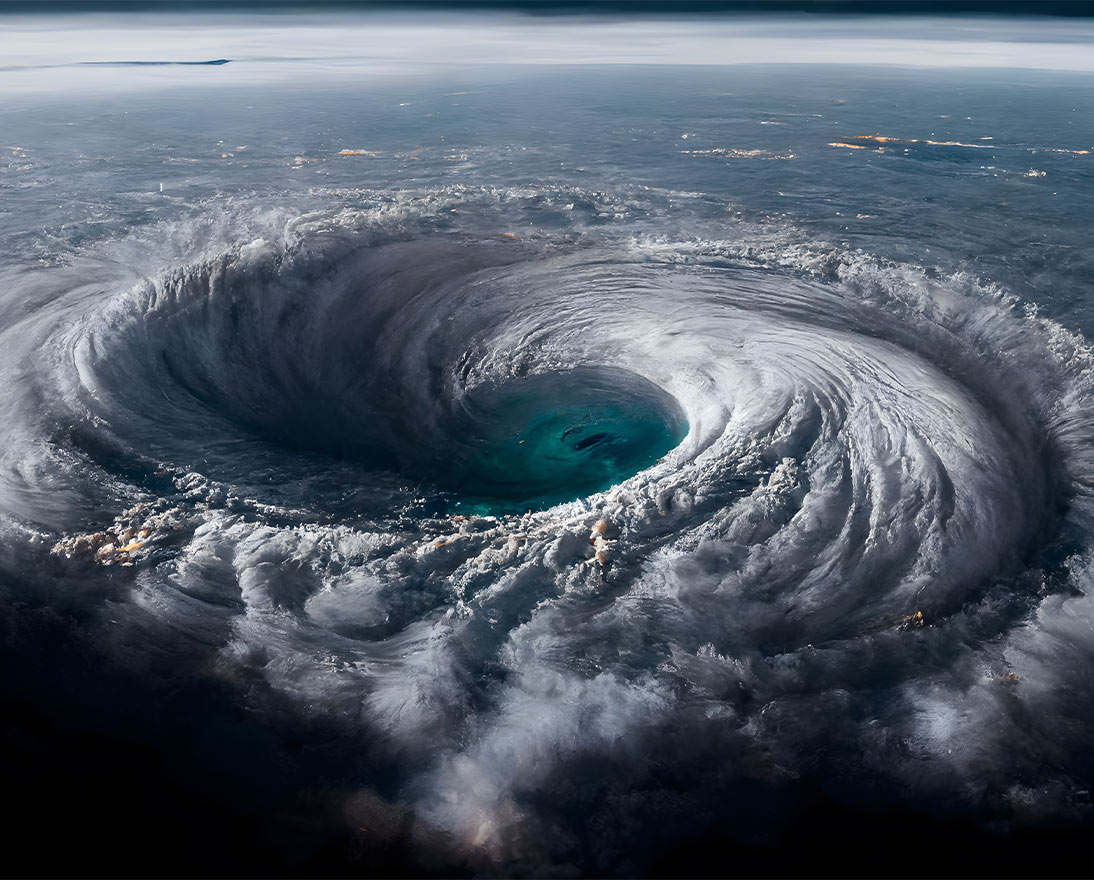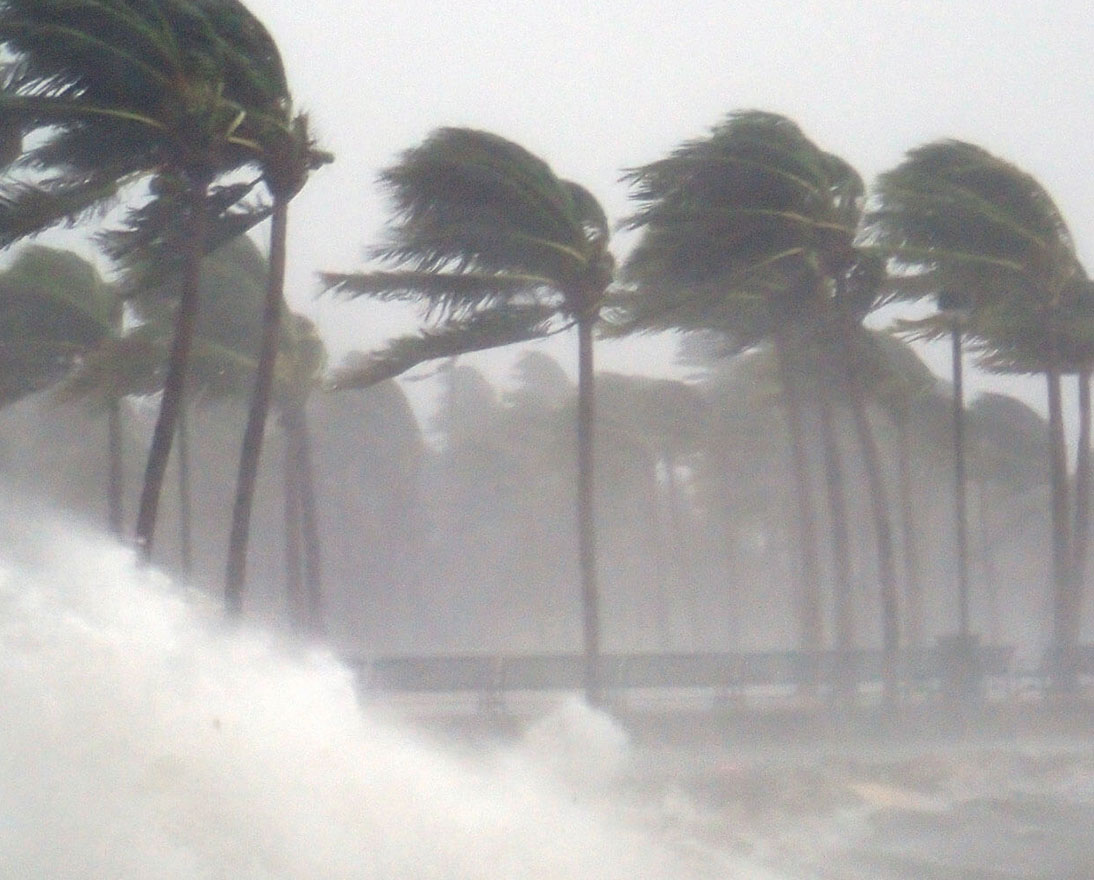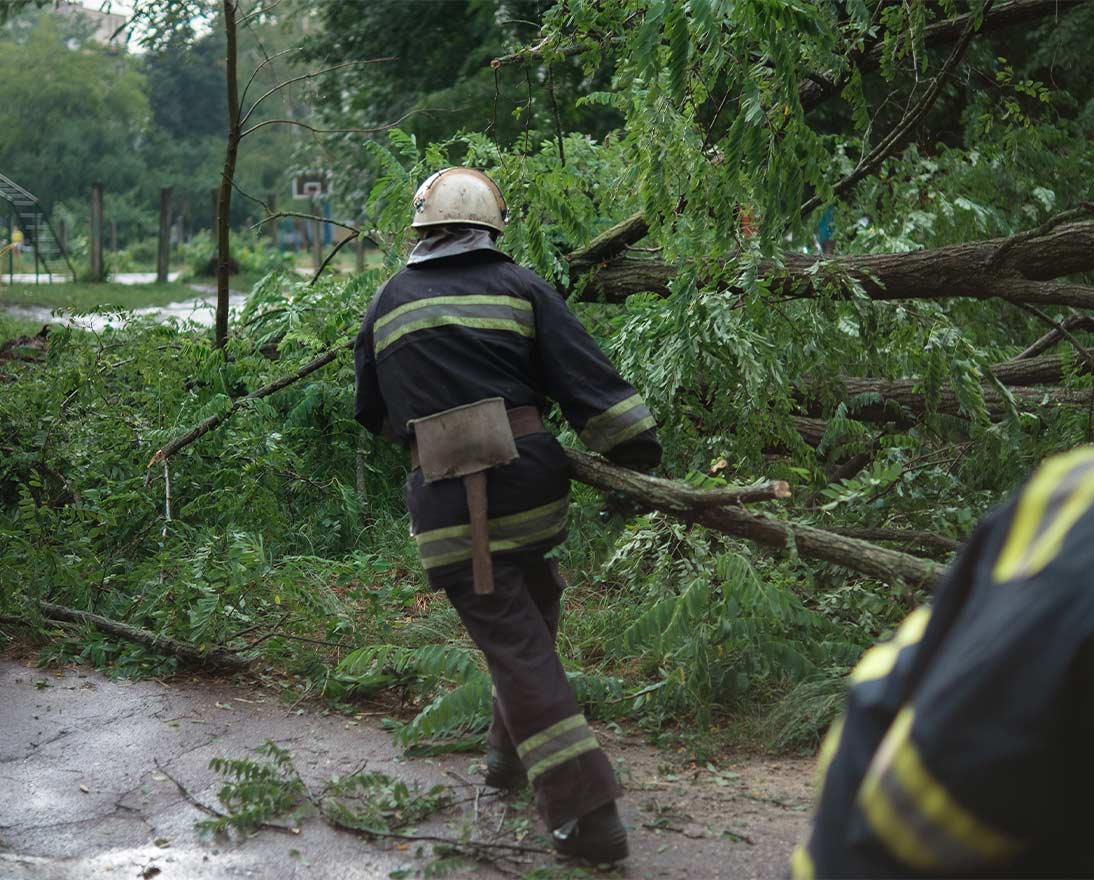How to clean-up and recover safely from a severe storm
Natural hazardsArticleJune 8, 2022
In the aftermath of a hurricane or other severe storm, risks remain even after floodwaters recede. Follow these 10 safety guidelines for clean-up and recovery.
Cleaning up after a storm can be more dangerous than the storm itself. Hazards such as live electrical wires, broken glass and fumes from leaking pipes are common, meaning protective gear and safety measures may be required.
For decades, Zurich has been helping customers manage the risks and aftermath of devastating storms. The best way to clean-up and recover from a windstorm is through careful pre-planning and preparation and by updating and maintaining a detailed Windstorm Emergency Response Plan.
But when you do return to site following a severe storm, follow these 10 guidelines to help you clean-up and recover safely:
|
1. Return safely to the site Only return once you have the go-ahead from local authorities. Bring identification to allow you to enter a secured disaster area and take personal protective equipment – including hard hats, heavy work gloves, dust masks, eye protection and steel-toed safety boots. Bring additional supplies, such as flashlights with spare batteries, cameras, potable water, etc. |
|
|
2. Conduct a site assessment with qualified personnel Do not switch on electrical power or begin clean-up until qualified personnel have checked all utilities and evaluated all risks. Flooding may cause toxic spills; while live electrical lines may energize flood waters and create an electrocution risk. Damaged areas of a building should be reviewed by a structural engineer. |
|
|
3. Survey the site for damage Check for hazards such as broken glass, sharp metal and fumes from leaking pipes. Look for damaged building features and contents that could shift or collapse. Check inside and outside the building, as well as around you and overhead. Take photos to document damage and conditions. |
|
|
4. Be cautious of animals Snakes, rats and other wild animals – as well as displaced pets – may seek shelter in buildings, vehicles and trees. They are often injured in storms, making them more dangerous. Do not attempt to handle any wildlife and seek immediate treatment if bitten or injured by an animal. |
|
|
5. Retrieve your insurance policies Call your insurance representative to begin the claims process. Ask for guidance about disposing or setting aside damaged goods. Maintain contact throughout the process. |
|
|
6. Begin the restoration process Begin salvage to prevent further damage to buildings and contents. Restore air conditioning systems or run fans to mitigate mold due to humidity or flooding. Do not use extension cords in wet areas. Safely dispose of combustible materials. Avoid storage in areas with impaired fire protection. |
|
|
7. Verify the status of protection systems Check water supplies, fire pumps, sprinklers, fire alarms and security systems. Report fire protection system outages. Clear all drains in preparation for further rain. Urgently make repairs and post security personnel on site if protection systems are compromised. |
|
|
8. Notify reputable contractors Establish repair priorities – based on level of danger the damage poses – and promptly notify contractors to initiate repairs. Anyone you hire must wear proper safety equipment, while respirators and chemical protective gloves or suits should be considered. |
|
|
9. Perform emergency repairs where feasible Electrical supply for power tools should be equipped with a ground fault circuit interrupter to prevent electrocution. Existing or repaired systems should be equipped with ground fault protection. Do not use extension cords where there is standing water. |
|
|
10. Protect your employees and maintain regular communication Employees often support with the clean-up process, but ensure they are kept safe. Download Zurich’s report below called ‘Post-disaster recovery: keeping your workers safe’ for detailed guidance. |



